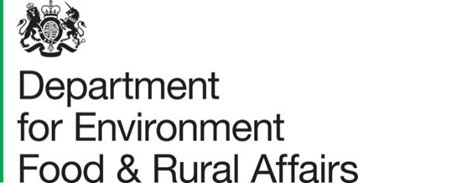Call for Evidence: Brake, Tyre and Road Surface Wear
Overview
The priority for air quality has been to address exceedances in nitrogen dioxide legal limits, due primarily to emissions of nitrogen oxides from road traffic. These emissions have been decreasing since 2010 but more remains to be done and the UK has ambitious targets in place to reduce emissions of five damaging air pollutants (ammonia, nitrogen oxides, non-methane volatile organic compounds, fine particulate matter and sulphur dioxide) by 2020 and again by 2030; aiming to halve the impact of air pollution. According to Public Health England, poor air quality is the largest environmental risk to public health in the UK[1]. To meet our targets, we will need to identify the opportunities for reducing emissions across all sectors.
Our evidence suggests that as emissions from exhausts decrease, particulate emissions from non-exhaust sources are becoming increasingly important, particularly due to the potential for road traffic to increase in the future. In some cases, the particulate matter emissions from brake wear, tyre wear and road wear may be more than that from the exhaust.
Abrasion of tyres and road paints produce micro-plastic particles, which enter rivers and lakes from road run-off and can eventually be deposited into the sea. Microplastics have with well-documented impacts for marine wildlife and the food chain, and studies estimate that emissions from tyre wear alone makeup 5-10% of microplastics deposited in the oceans[2].
The purpose of this call for evidence is to gather evidence on these non-exhaust emissions, to review our estimates of their contribution to air pollution, to develop forecasts for how they will evolve in the future, and to identify concrete actions we might take to generate a step change in work in this area and understand the policies that might support that work. The evidence gathered will inform the government’s final Clean Air Strategy, which will be published for later this year, following the current consultation, and also inform the marine strategy. The evidence will also be shared with the Air Quality Expert Group, a Defra advisory body, which is reviewing these emission sources to provide advice on how to address them.
We are particularly interested in evidence which will help us understand and quantify the true scale of the problem and also identify any potential abatement methods, new technologies or opportunities for innovation in this area.
Who this Call for Evidence is aimed at
We are seeking to build our evidence base to inform the development of policies to reduce particulate matter emissions from brake, tyre and road surface wear by road traffic. This Call for Evidence is aimed at stakeholders such as industry bodies, companies, environmental groups, consumer groups, academics and others who may have evidence in the specific areas we are considering. We are interested in all relevant evidence but respondents do not need to address every question if their evidence and/or expertise is relevant to only certain questions. Members of the public are encouraged to respond to our consultation on our Clean Air Strategy.
This Call for Evidence can be filled out using the online tool below, or is available as a PDF here.
Audiences
- Environmental campaigners
- Devolved Administrations
- Local Authorities
- Transport Organisations
- Local Authorities
- SME businesses
Interests
- Marine
- Air quality
- Air pollution
- Local environments
- Aarhus Convention



Share
Share on Twitter Share on Facebook